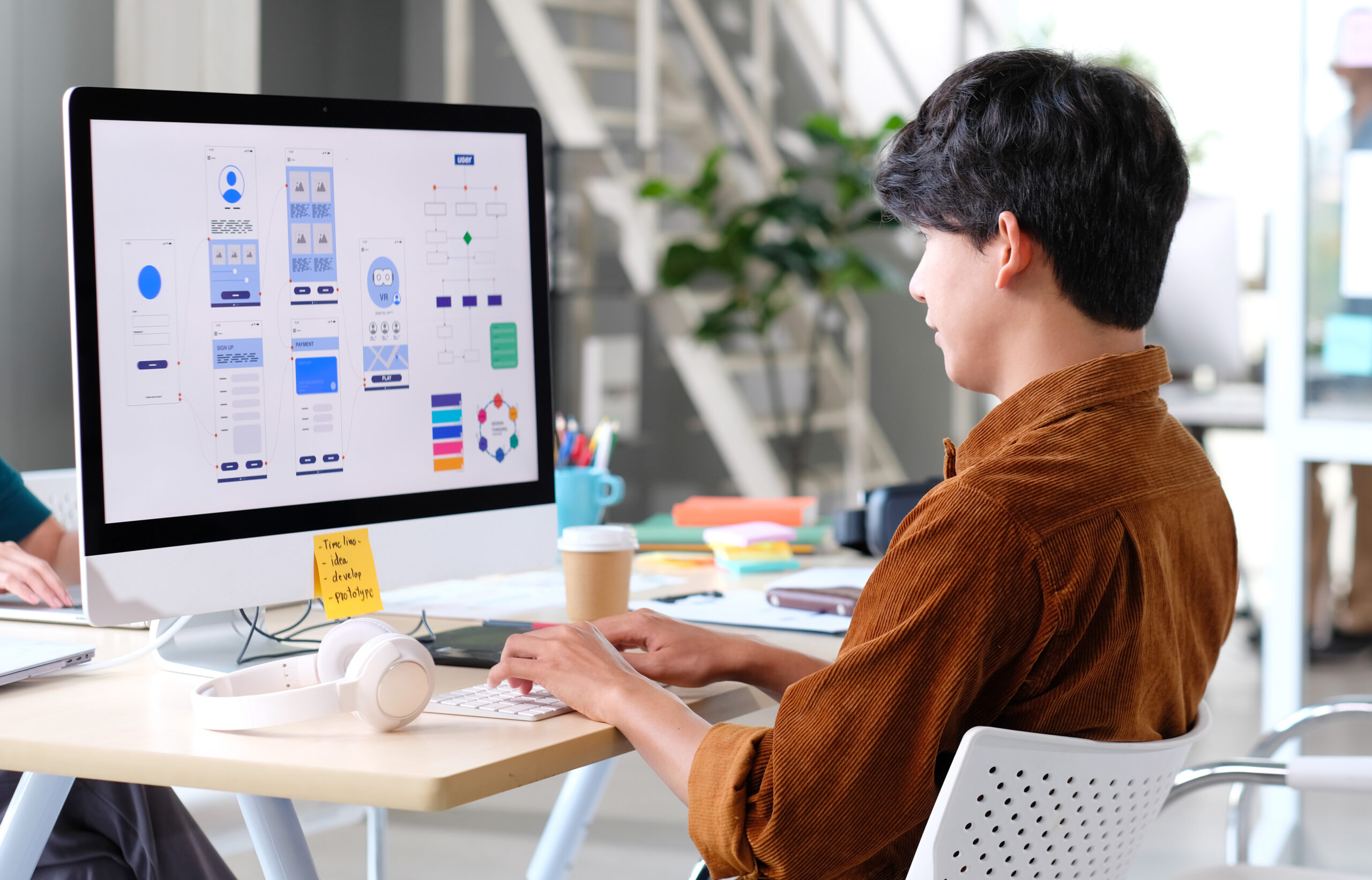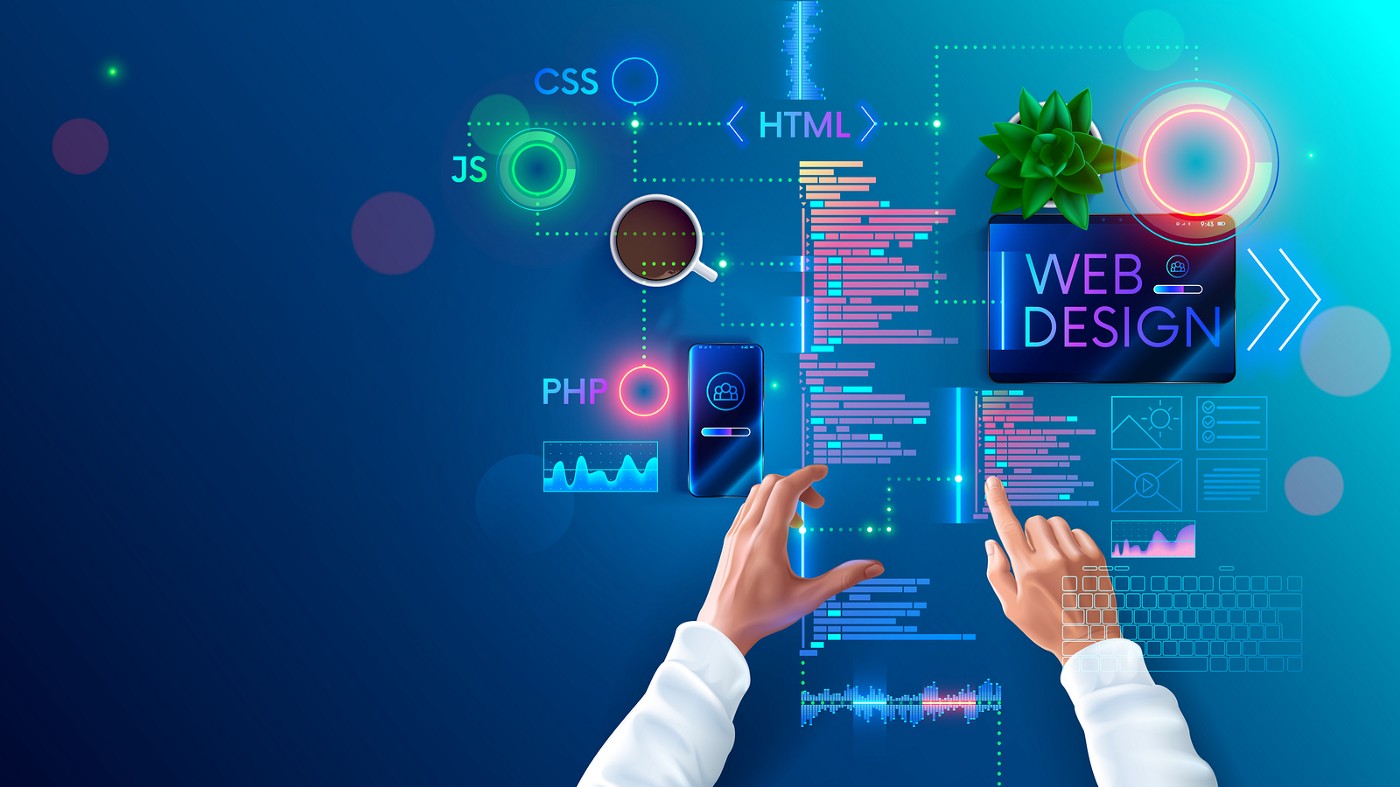Aligned Position Web Design: Professional Web Development to Maximize Your Online Impact
Aligned Position Web Design: Professional Web Development to Maximize Your Online Impact
Blog Article
The Most Effective Kinds Of Web Design to Boost User Experience and Involvement
In the ever-evolving landscape of digital communication, the performance of Web layout considerably impacts user experience and involvement. Various style techniques, such as minimal, receptive, and interactive designs, each deal distinct benefits that can provide to varied user requirements.
Minimalist Web Style
As electronic landscapes end up being increasingly chaotic, minimalist website design has actually emerged as an effective approach to enhancing customer experience. This style approach prioritizes simpleness, concentrating on necessary components while getting rid of unnecessary diversions. By using enough white space, simple navigating, and a minimal color palette, minimal design fosters clearness and directs individual interest to vital web content.
The core principle of minimal website design is to create a seamless communication for customers. By reducing cognitive load, users can promptly realize details without really feeling bewildered. This direct technique not just improves usability yet likewise encourages involvement, as visitors are much more likely to discover a site that is simple and aesthetically enticing to browse.
Additionally, minimal design frequently emphasizes typography and imagery, using these elements purposefully to convey messages effectively. This focus on crucial components can enhance brand name identification and develop a remarkable customer experience. Fundamentally, minimal Web design is not simply a trend; it is a thoughtful technique that identifies the significance of user-centered design. By removing extraneous elements, developers can create a much more engaging, reliable, and enjoyable Web experience for all customers.
Receptive Web Design
In today's diverse electronic environment, responsive website design has come to be necessary for developing a seamless individual experience throughout a wide range of gadgets. As customers accessibility internet sites on mobile phones, tablets, desktops, and laptops, the capacity of a web site to adapt its layout and material to different screen sizes and resolutions is essential.
Responsive website design employs versatile grids, photos, and CSS media queries to guarantee that Web material is provided efficiently, despite the device utilized. This technique not only improves the aesthetic allure of a website yet also significantly boosts functionality. Users are more probable to involve with a website that supplies a consistent experience, as it gets rid of the frustration of needing to zoom in or scroll exceedingly.
By taking on receptive style, companies can enhance their visibility and get to a broader target market. In recap, responsive Web style is a fundamental practice that boosts user experience, engagement, and total satisfaction.
Interactive Web Design
Responsive website design prepares for enhancing customer experience, however interactive Web style takes this a step further by engaging users in an extra vibrant way - Aligned Position Web Design. By integrating components such as animations, clickable models, and real-time responses, interactive Web layout astounds users, attracting them into a richer surfing experience
This method not just promotes involvement however also urges users to discover material proactively instead of passively eating it. Strategies such as gamification, where customers gain benefits for completing like this jobs, can dramatically improve the time invested in a site and improve overall complete satisfaction. Interactive features can simplify intricate information, making it more delightful and absorbable.

Incorporating interactive design components can likewise result in greater conversion rates, as customers are see this site most likely to engage with a site that proactively includes them. Aligned Position Web Design. Ultimately, interactive website design changes customer experiences into unforgettable journeys, guaranteeing that visitors return time after time
Flat Design
Defined by its minimalistic strategy, level layout highlights simpleness and performance, removing unneeded components and concentrating on necessary functions. This design philosophy prioritizes use, making sure that customers can navigate user interfaces with convenience and performance. By utilizing a clean visual, flat layout removes the mess often located in much more luxuriant designs, therefore improving customer emphasis on web content and performance.
The characteristic of level style exists in its use of bold shades, basic typography, and geometric forms. These aspects add to an aesthetically attractive user interface that is both modern and friendly. Furthermore, flat layout fosters a sense of quality, enabling users to discern vital actions and details without disturbance.
Additionally, flat style is especially efficient in responsive website design, as its simpleness translates well across numerous gadgets and screen sizes. The absence of complex textures and slopes minimizes this post packing times, which is important for keeping user interaction. As digital landscapes remain to develop, flat layout stays a relevant choice for producing straightforward sites that enhance general experience. By concentrating on important attributes, flat style not just satisfies customer needs yet likewise motivates seamless communication, making it an important part of efficient Web design methods.
Flexible Web Style
Adaptive Web style personalizes the individual experience by producing numerous repaired formats customized to different display sizes and devices. Unlike responsive style, which fluidly changes a solitary design, adaptive layout uses distinct designs for certain breakpoints, making certain optimal presentation on various systems. This method enables designers to focus on the unique features of each gadget, improving usability by providing precisely what customers require based upon their context.
Among the main benefits of adaptive website design is its ability to maximize lots times and performance. By serving tailored web content and pictures that fit the user's device, websites can decrease data use and enhance loading speeds. This is specifically beneficial for customers with slower connections or restricted data plans.

Additionally, adaptive layout assists in a more controlled and constant branding experience. Because designers produce numerous designs, they can guarantee that the visual aspects line up with the brand name's identification across various systems - Aligned Position Web Design. This leads to a natural user experience, boosting involvement and promoting individual retention
Conclusion
Minimalist layout promotes clearness and focus, while responsive design guarantees versatility across various devices, advertising ease of access. Collectively, these layout comes close to contribute to the production of easy to use atmospheres that not only improve complete satisfaction but additionally drive higher conversion prices, emphasizing their important value in contemporary Web style techniques.

Minimal layout fosters clarity and focus, while responsive design guarantees versatility across different gadgets, promoting ease of access. Collectively, these style approaches contribute to the creation of easy to use environments that not only improve contentment however likewise drive higher conversion rates, underscoring their vital value in contemporary Web design strategies.
Report this page